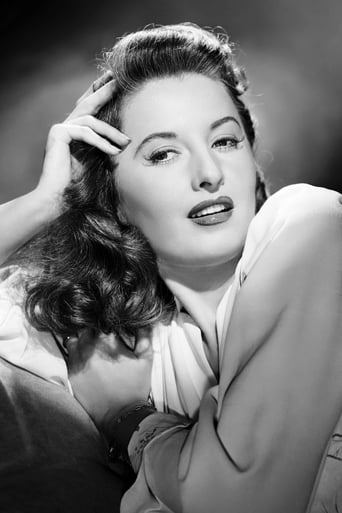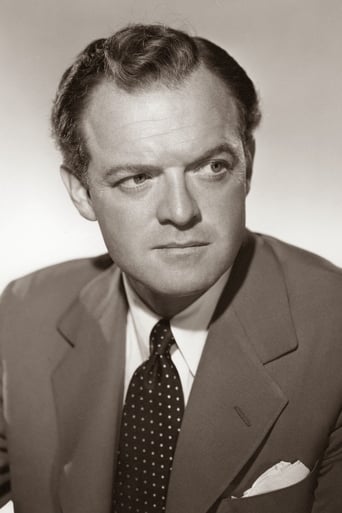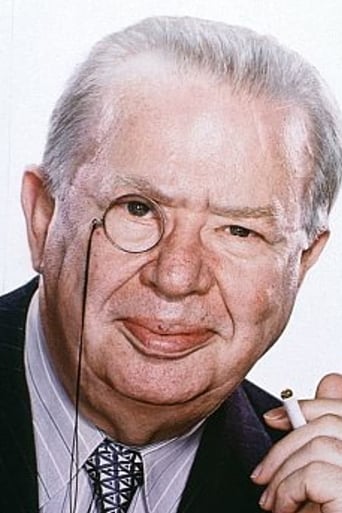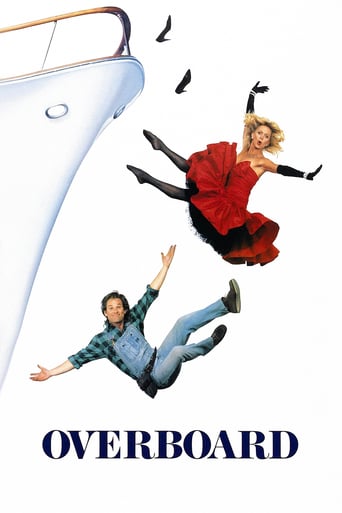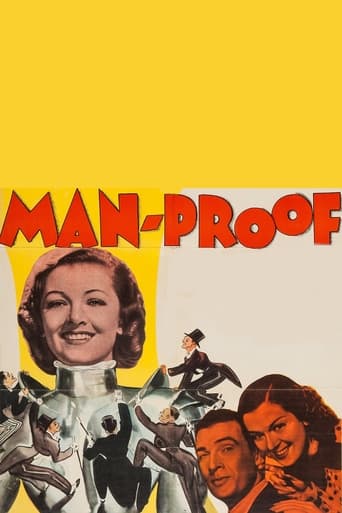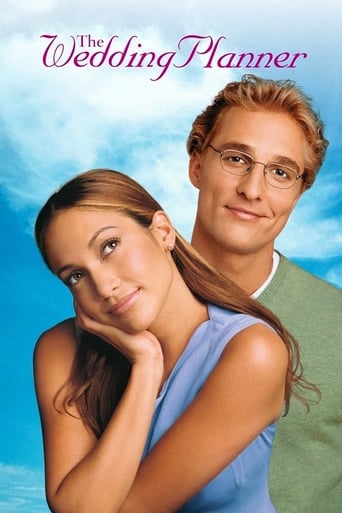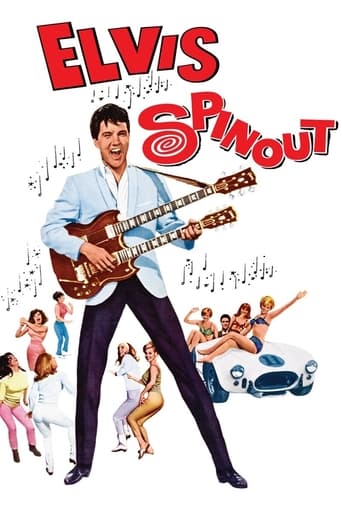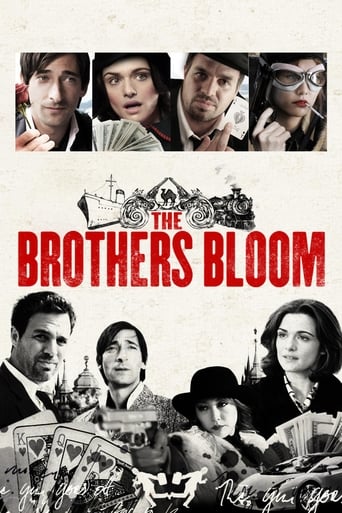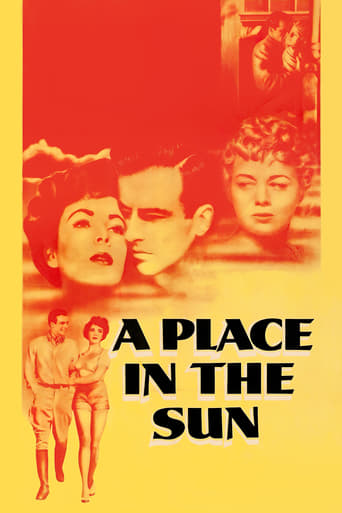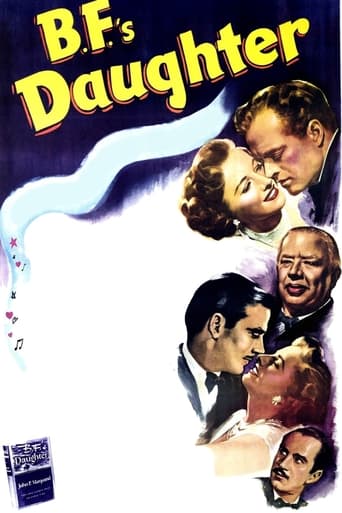

B.F.'s Daughter (1948)
Wealthy Polly Fulton marries a progressive scholar whose attitudes toward capitalism and acquired wealth puts their marriage in jeopardy.
Watch Trailer
Cast


Similar titles
Reviews
Barbara Stanwyck plays the title role of B.F.'s Daughter, a very wealthy heiress who marries iconoclastic liberal minded economics professor Van Heflin. B.F. is Charles Coburn and he's one of those people who's two initials everybody knows because he's that wealthy and powerful. Coburn is a firm believer in Herbert Hoover's rugged individualism and he's inculcated those values in his daughter. Stanwyck falls for a man who is the antithesis of her father's values, but he's barely getting by on his professor's salary. She decides to help by using her piece of her father's fortune to send him on a lecture tour for one of his books. Heflin turns out to be a natural, but he's never to know that his wife bought him a career.The novel was written by J.P. Marquand who is best known for those Mr. Moto mysteries. It was published at the beginning of World War II and MGM took several years to finally get it to the screen.Rich heiresses who overpopulated the cinema in the Thirties were a dying breed of movie heroines by the time B.F.'s Daughter came out in 1948. Stanwyck however makes it work and Coburn is in most familiar surroundings as the gruff millionaire.Van Heflin had teamed well with Stanwyck the year before in The Strange Loves Of Martha Ivers and he does well in somewhat lighter fair by comparison. Margaret Lindsay does well as Stanwyck's best friend who marries yuppie Richard Hart who goes to war. The term yuppie was not in use back then, but that is what Hart is. He proves to have the right stuff when that is questioned by Keenan Wynn.Wynn plays a part that seems a dress rehearsal for the role of the news commentator in The Great Man. A little less bitter, but just as cynical and he's got an incredible knack for predicting events wrong.B.F.'s Daughter is a great part for Stanwyck and a great film for her as well.
In 1932, the Great Depression has most Americans sewing buttons on ragged clothing. Lucky to escape financial ruin is blustery nouveau riche capitalist Charles Coburn (as Burton "B.F." Fulton). His money never stops flowing, which keeps young Park Avenue socialite daughter Barbara Stanwyck (as Pauline "Polly" Fulton) dripping in fur and jewels. Daddy's little girl ditches her attorney boyfriend when she meets apparently poverty-stricken professor Van Heflin (as Thomas "Tom" W. Brett). They have a whirlwind romance and run away to Minnesota, but Ms. Stanwyck's wealth threatens her relationship with Mr. Heflin...This story features some interesting class concepts regarding the rich and the poor. Unfortunately, the characters are obtuse and the story artificial. Stanwyck and Heflin try and cry for director Robert Z. Leonard, but nobody gives "B.F.'s Daughter" any depth...Perversely, the phony costume designs received an "Academy Award" nomination. We are boldly told the story begins in 1932, but Stanwyck is decked out in contemporary fashion. Heflin has a big tear in his vest and Keenan Wynn shows his lowly status with a silly, misshapen hat. There are no real "poor" on screen. Since Heflin is assistant professor of economics at Columbia University and Mr. Wynn's character has his own radio talk show, we can assume they are doing better than most. Romantic entanglements seem barely past an adolescent level. Still, the sets look nice and everything is photographed well, by Joseph Ruttenberg.**** B.F.'s Daughter (3/24/48) Robert Z. Leonard ~ Barbara Stanwyck, Van Heflin, Charles Coburn, Keenan Wynn
Barbara Stanwyck is "B.F.'s Daughter" in this 1948 film, with Charles Coburn as B.F., Van Heflin, Keenan Wynn, and Spring Byington.This film is based on a controversial novel with a different, more political emphasis and turned into a romantic soap opera by MGM.Stanwyck plays Pauline, from a wealthy family, who is engaged to marry Bob Tasmin (Richard Hart), someone she's known for years. However, she meets a good-looking and interesting left-wing economy professor, author, and lecturer, Thomas Brett (Heflin) and falls in love with him. They get married right away and move to a cabin in Minnesota. Polly, or Paul as she is called, takes an allowance from her father with Tom's blessing - however, he's made it clear he's not interested in B.F.'s money or B.F.'s interest in his career.Unbeknownst to him, Pauline uses her father's connections to get Tom started on the lecture circuit. He becomes very successful, and Pauline is determined to help him be a great man and furnishes a fabulous house in Connecticut - which he hates and announces that he won't be returning there. He becomes a big mucky-muck in Washington as war approaches. Meanwhile, Pauline sees her marriage falling apart.One of the points of the book was that the common man was the true patriot and true American, and Marquand, the author, took the liberal approach of resentment toward the rich. Some of this is softened in the film, though it's obvious that B.F. and Tom come from very different places ideologically. In MGM's hands, this is a clash of ideologies that gets in the way of a marriage.I found the performances terrific from everyone, but especially Stanwyck, who is lovely and sincere, and Heflin, a wonderful actor who left us too soon, and a fine leading man or character actor, whatever the role called for.The story certainly held my interest, but I felt that the Heflin character was too rigid. It's a tougher world today in which to make a career than it was in the '40s, okay, and it's admirable to want to "make it on your own," but even with connections, if you can't cut the mustard, you won't have success. Obviously Tom was a talented man and good speaker and once he got started, did very well. There is nothing wrong with getting help at the bottom of the ladder - I took issue with this and found it naive. Also, knowing the relationship his wife had with her father, to disrespect him as he did in the party scene was wrong.I think just about anything with Barbara Stanwyck in it is worth seeing, and I also feel that way about Van Heflin. And the supporting cast of Coburn, Byington, Wynn, and Margaret Lindsey are very good. The script is a little problematic, but the cast elevates it.
It may be that my nine-star rating is reactionary. I added one extra star because I thought the six that were displayed was at least one too few.) And it may be that the apparent custom of poo-pooing this movie has resulted from the government authorities of the time - or even the present - and their sympathizers, finding industialist B. F. Fulton's after dinner speech about being confined to a two-by-four room, treated like a schoolboy and "told how to run my own business" a bit over the top.Both B. F. Fulton, played by Charles Coburn, and his daughter Polly, played by Barbara Stanwyck, along with Polly's mother, represent the rich American industrial class in this film, and are drawn far more sympathetically than members of the opposing, intellectual/moralist camp. The moralist male hero of this love-story-with-timely-political-interest (which has been ineptly described as a soap opera) is no exception, as he frequently gets what he thinks are deficient moral standards of his opponents mixed up with just being a member of the opposing camp, and tends to solve his arguments by turning tail and walking out once and for all (before returning) except once notably when Barbara tells him to stay put: so much for alleged female stereotypes.This may be the reason Van Heflin's performance is not so well liked - because of the personality problems of the character he portrays. His friend and cohort, played by Keenan Wynn, if anything, is worse, constantly making aspersions and predictions of high import about people that have no basis in fact on his radio program "There's one good thing though, he's only on 3 days a week," quips B. F. Fulton.) though he is more honest than Heflin's character, openly admitting at one point that he consciously uses his victims - with no regard for veracity of the claims he makes about them - for his own selfish ends.It doesn't seem there can be much argument that the characters of Polly and B. F. Fulton are not played with affection by the two celebrated actors. And that of B. F. Fulton is completely devoid of any visible selfish motive, a wholly good egg. Stanwyck has curtailed her sassier, blacker side to make way for the by-birth-and-training more milque-toasty ingenue, and does so consistently. And she's good too, one slip - a request by this aristocrat with a conscious made early in the film that a friend of her jilted erstwhile fiancé engage himself in insider trading - notwithstanding: this apparently to be interpreted as an uncharacteristic youthful indiscretion.For the most part, the three Fulton family characters represent the epitome of noble goodness and we are taken in when Fulton senior soliloquizes the vanishing of his own breed during his last appearance. According to other reviewers here, the movie uses lines from an original J. P. Marquand novel, and the many sometimes ironic and clever turns of phrase help to ingratiate these characters, increasing the high level of believability and naturalness.Even the scenery and music seem to be something special. (No credit is given for the music in the version I saw.) From the play of the morning light in the Fultons' Park Avenue apartment, as the little blacksmith of their whimsical parlor clock hammers out the chimes of the hour, to the unflattering contrast of oppressiveness in the heavily draped and damasked dining compartment of Polly's formal custom built mansion... From the creepily groaning nonharmonic tones derivative of Wagner's Im Treibhaus, to the more exaltant reminiscence of Tristan und Isolde (for which the former was a study) heard later on - and of course the score no doubt has more to distinguish it than these often alluded to war horses of movie music genre - special care has been taken.


